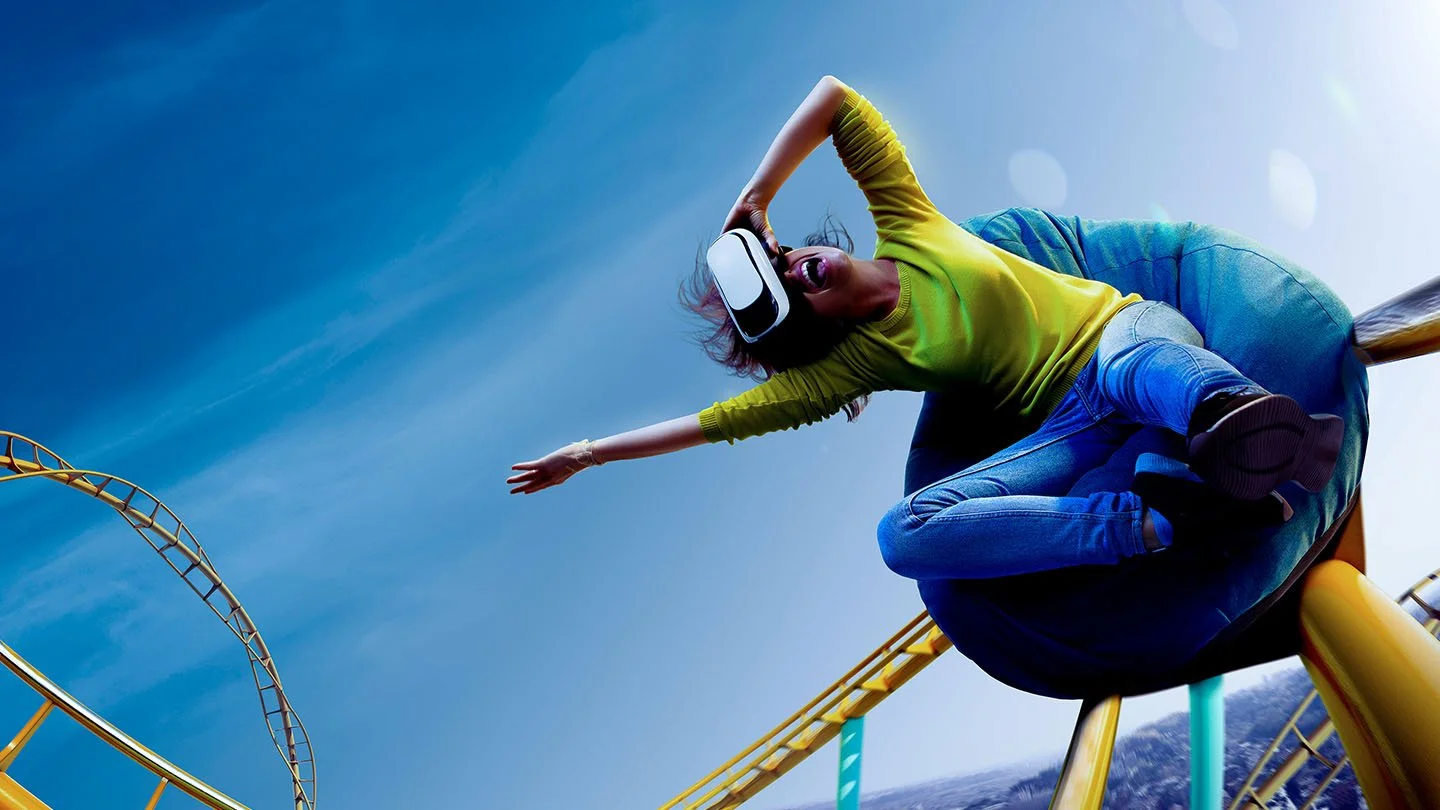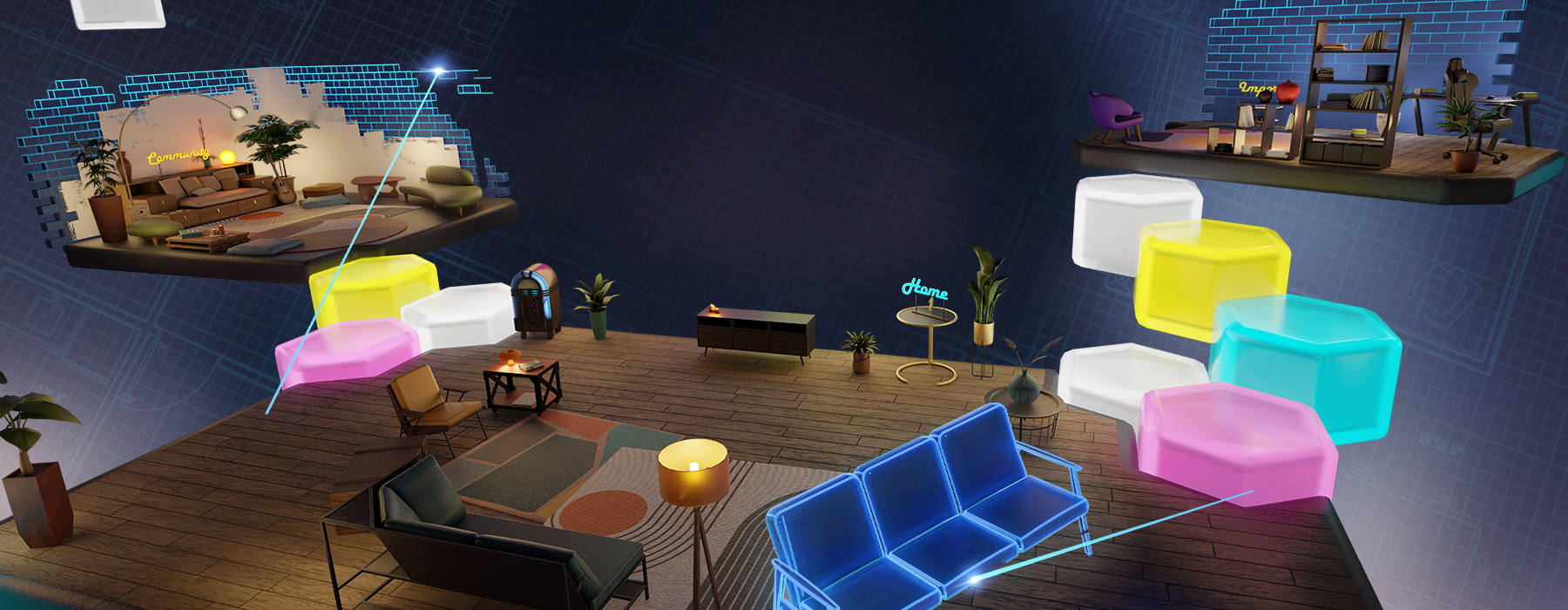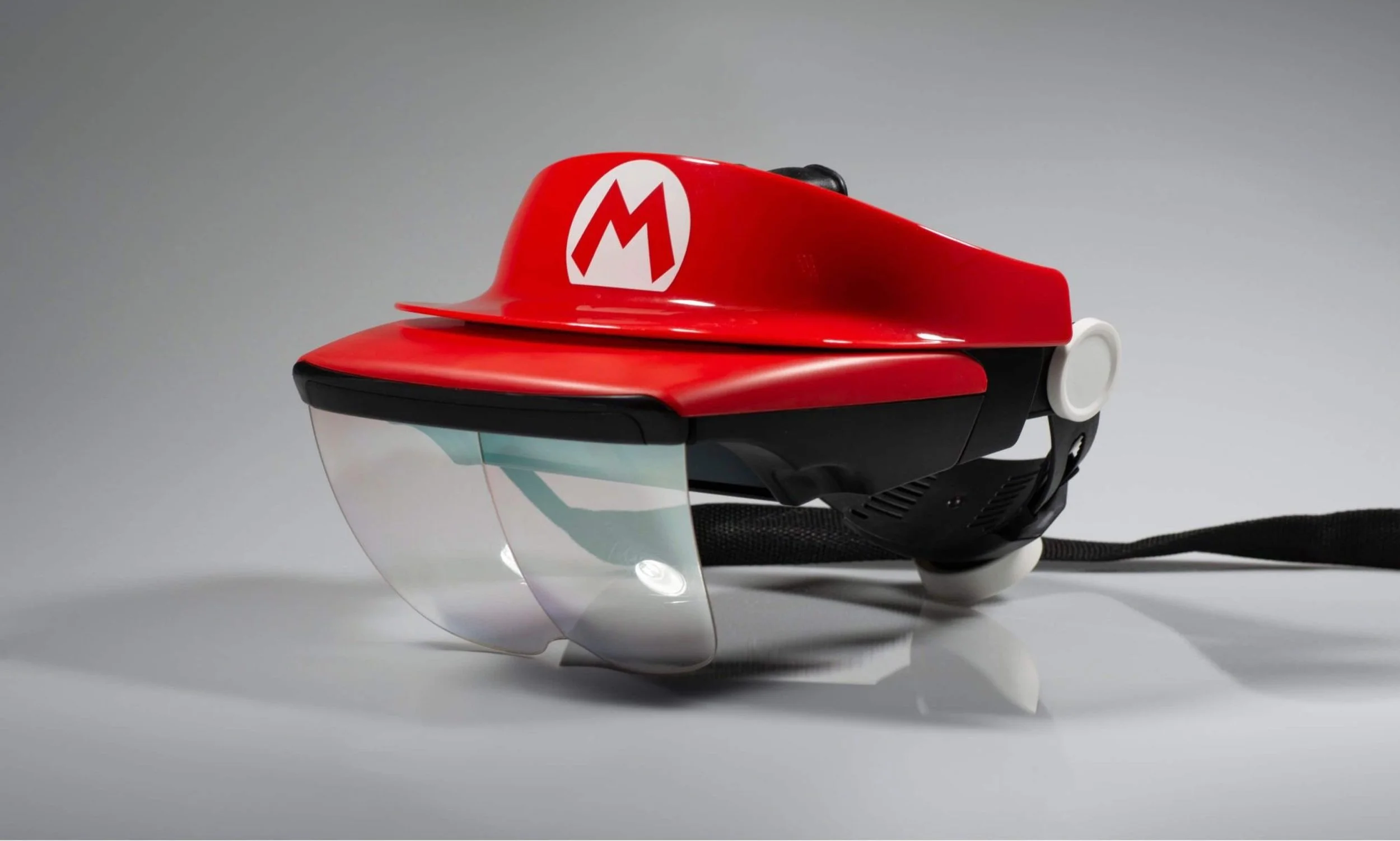Bridging Worlds: How VR and Mixed Reality Are Transforming Themed Construction
At CASTO Creative, we specialize in consulting for themed decorative construction—helping clients navigate the unique challenges of building immersive, story-driven environments. While our workflows remain grounded in hands-on processes, we also keep a close eye on emerging technologies changing the industry around us.
One of the most exciting developments we’ve seen is the rise of Virtual Reality (VR) and other digital tools that help close the gap between design intent and construction execution. From concept art to full-scale mockups, VR and mixed reality are becoming essential in themed entertainment workflows.
Today, we’re highlighting some of the most innovative examples—and what they might mean for the future of our craft.
Why VR Matters in Themed Construction
Themed environments go beyond function—they’re designed to evoke emotion, tell stories, and transport guests to entirely new worlds. Achieving that vision requires extraordinary coordination between architects, designers, engineers, and builders.
Traditional drawings and CAD files can’t always capture the feel of a space. VR lets project teams step inside their ideas before anything is built. Whether you’re validating creative elements, testing guest sightlines, or evaluating safety, VR makes it easier to catch issues early and build with confidence.
How Industry Leaders Are Using VR and Mixed Reality
Disney’s Holotile Floor: A New Way to Walk Through Ideas
In early 2024, Walt Disney Imagineering introduced the Holotile Floor, a multidirectional treadmill that allows users to walk freely in any direction within a virtual environment—without ever leaving the same studio space. This system goes far beyond early VR headsets. Imagine a creative director physically walking through a full-scale virtual attraction, turning corners and interacting with props, all in real time. That’s the kind of experience the Holotile makes possible.
Universal Studios: VR in the Development of Transformers: The Ride-3D
When Universal Creative developed Transformers: The Ride-3D, they faced a complex challenge: blending a high-speed, motion-based ride with 3D media and detailed sets. To make it work, the team used VR and advanced digital tools to simulate how every element—storytelling, motion, and guest safety—would integrate.
The result? A seamless attraction that feels cinematic and real, setting a new standard for immersive rides.
Europa-Park YULLBE: Personalized Adventures at Scale
At Europa-Park in Germany, the YULLBE VR experience shows how technology can create fully personalized, adaptive attractions. Guests wear headsets and tracking gear to embark on solo or group missions inside vast digital worlds that respond to their actions. From walking across virtual bridges to solving challenges as a team, YULLBE demonstrates how VR can make experiences feel unique every time.
Live Park: Blurring the Line Between Digital and Physical
Korea’s Live Park goes beyond VR headsets to create a responsive theme park experience where visitors become digital avatars inside a fully projection-mapped world. Using motion tracking, RFID tags, and massive real-time rendering systems, Live Park transforms guests’ movements into interactive stories—without ever requiring them to put on goggles.
For designers, this approach shows the potential of mixed reality environments that layer digital media seamlessly over built spaces.
Home Design 3D VR: Accessible Tools for Creative Planning
Not every project needs a custom VR lab. Apps like Home Design 3D VR make it possible to walk through conceptual interiors on commercially available headsets. From previewing lighting and finishes to testing guest circulation, these tools help designers make more informed choices early in the process.
CASTO’s Perspective: Staying Grounded While Embracing Innovation
While CASTO Creative doesn’t currently deploy VR in our project delivery, we remain committed to tracking innovations that shape our industry. Pairing time-tested construction expertise with emerging technologies is key to delivering themed spaces that are as functional as they are inspiring.
Key Takeaways
VR and mixed reality are bridging the gap between drawings and real-world construction.
Leading innovators like Disney, Universal, Europa-Park, and Live Park are redefining how attractions are designed, tested, and experienced.
Accessible VR tools are making immersive design more attainable for teams of all sizes.
At CASTO Creative, we believe in staying informed, adaptable, and committed to craftsmanship—no matter how technology evolves.












